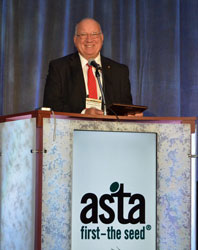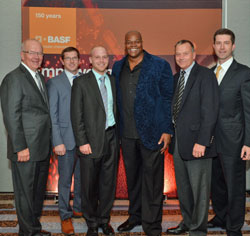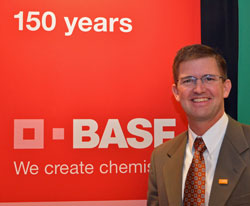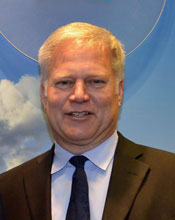 While at ARA, Jamie Notter, Culture That Works, gave a presentation on organizational culture to the retailers attending. He specifically spoke about the value in attracting millennials and how to build a successful working relationship with them as most management teams have an older management style that millennials don’t relate to.
While at ARA, Jamie Notter, Culture That Works, gave a presentation on organizational culture to the retailers attending. He specifically spoke about the value in attracting millennials and how to build a successful working relationship with them as most management teams have an older management style that millennials don’t relate to.
Attracting millennials as employees or customers is less about pandering to their needs, but more about doing it in a way that makes sense to them. Millennials relate largely to company culture and the feel of a company.
“One of the interesting things we did in our research was look at millennials and at organizations that were succeeding. Then we looked for the overlap. We found it in organizations that were made up mostly of boomers and Xers. These companies were not designed for millennials, but they were running circles around competitors.”
Why were companies largely made up of older generations succeeding at bringing in millennials and building a strong successful company? These companies had been designed to meet the needs of employees, and they attracted the right people across all generations because of that. Millennials are put off by companies that don’t have their culture decided or an evident, clear company culture.
“The number one thing that everyone needs to do right now is be intentional and clear about your company culture. It wasn’t important to older generations. The research I saw said that 77% of millenials think culture is as or more important than money in a job. You can choose to be weak on culture, but you are choosing to be behind your competitors.”
When Millennials take over, Notter’s book, is available on Amazon or on CultureThatWorks.net
Hear more from Jamie in the full interview. Jamie Notter, Culture That Works














